
How To: Swim in the ocean
Swimming in the ocean requires a few unique considerations. Ocean swimming is more unpredictable than swimming in a pool or lake. Get expert tips and advice in this swimming video tutorial.


Swimming in the ocean requires a few unique considerations. Ocean swimming is more unpredictable than swimming in a pool or lake. Get expert tips and advice in this swimming video tutorial.

Always wanted to try skinny dipping but not sure quite how to get the ball rolling? There's not much to it but with a little bit of forward thinking you can make sure to get your friends on board while avoiding cops and an unwanted audience.

Swimming in ocean currents requires preparation and understanding. There are definite do's and don'ts when trying to swim in currents. Get expert tips and advice in this swimming video tutorial.
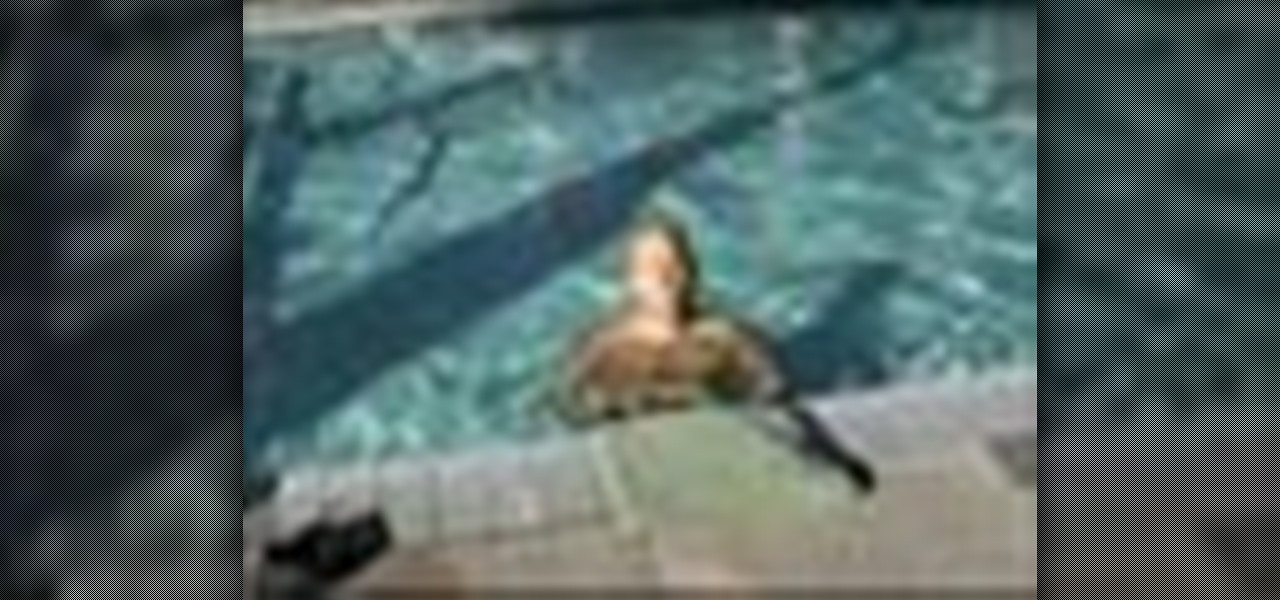
In this video series, watch as competitive swimmer Phillip Toriello teaches how to swim the freestyle stroke. Learn how to use your arms and legs, how to breath, and how to start and finish a race. Get breathing and swimming drills to help improve your swimming technique and ability.
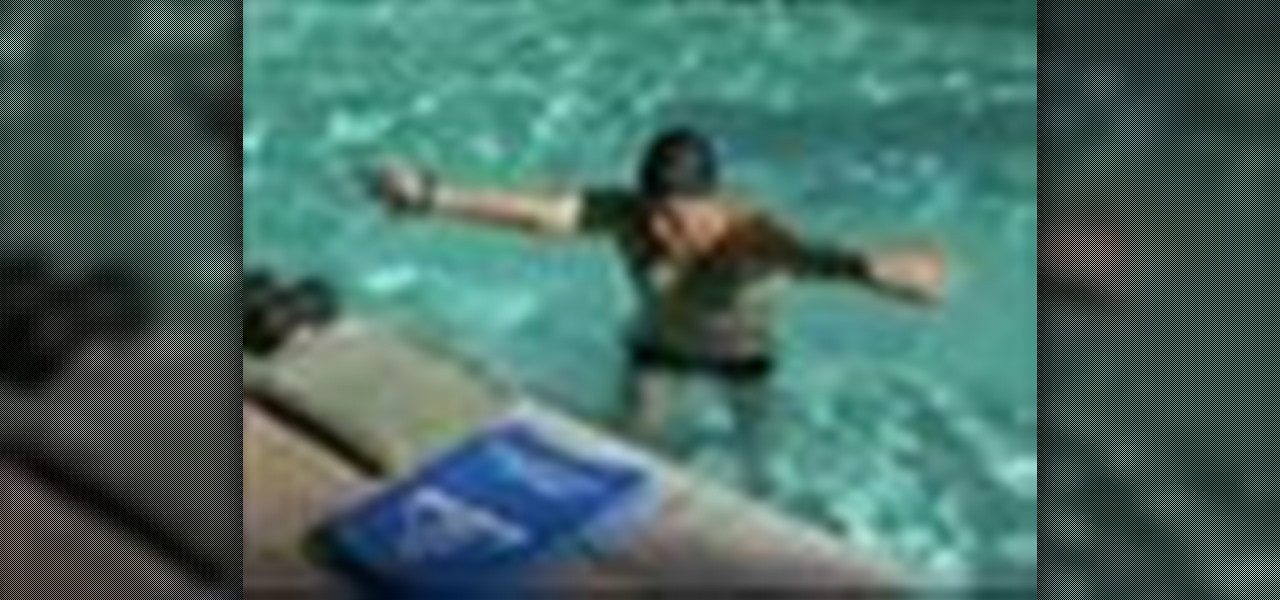
In this video series, watch as competitive swimmer Phillip Toriello teaches how to swim the butterfly stroke. Learn how to use your arms and legs, how to breath, and how to start and finish a race. Get breathing and swimming drills to help improve your swimming technique and ability.

Learn the freestyle stroke in this series of swimming videos. Part 1 of 17 - How to Do the freestyle stroke.

Samantha Raffio shows us how to teach children to swim. Part 1 of 28 - How to Teach children to swim.

This video tutorial is on swimming tips and techniques for advanced backstroke. Learn how to do backstroke in three easy steps; legs, arms, and breathing. Become a back stroke swimming champion by following this professional advice. Do the advanced backstroke.

Learn a few techniques from our expert swimming teacher, to build up your confidence in the water and your knowledge of doing the advanced front crawl properly. Swim the advanced front crawl.

Breaststroke is a traditional stroke popular with people who like to swim for fitness. It is the slowest stroke, but that does not mean it cannot be swum powerfully and at speed. Follow along in this how-to animation to learn the basics of doing the breaststroke.

The back crawl is different to most strokes because you cannot see where you are going. It is a good idea to count how many strokes it takes you to swim a length so you will know when you are getting close to the end of the pool. Try and swim with all of your body close to the surface of the water, almost like you are lying on your back in bed with your head on a pillow. Follow along with this swimming how-to video and learn how to do the backstroke if you are a beginner.

Butterfly needs both stamina and technique, but the body movements are not difficult because you will have done many of them before in other strokes. When racing butterfly, your arms must come out of the water on every stroke. They must not drag through the water when they move from your hips to the entry position. Follow along with this quick how-to animation to learn how to do the butterfly stroke for swimming.

This how-to animations shows you the basic turns for breast and butterfly strokes in swimming. Watch and see how easy it is to improve your swimming techniques with these steps. The same type of turn is used for both butterfly and breaststroke. The laws say that you must touch the wall with two hands, so a touch and pivot turn is used. The main thing to remember is that you don't need to hang on to the wall. The quicker you touch it and pull your hands away the better.

Steve Parry, Olympic bronze medallist in the 200m, demonstrates tips to improve your butterfly. Everything is broken down to improving the fundamentals. Work on just the kick, just the stroke with one arm, then the stroke with the other arm, etc. Follow along with this swimming how-to video to improve your butterfly stroke. Improve your butterfly stroke with Steve Parry.

Aimed at older children, this video shows you many techniques and practices to help you build up your child's water confidence. With water confidence skills from our expert swimming teacher, this video will help them to eventually be more confident in the water. Build up water confidence in young children 5-7 years.
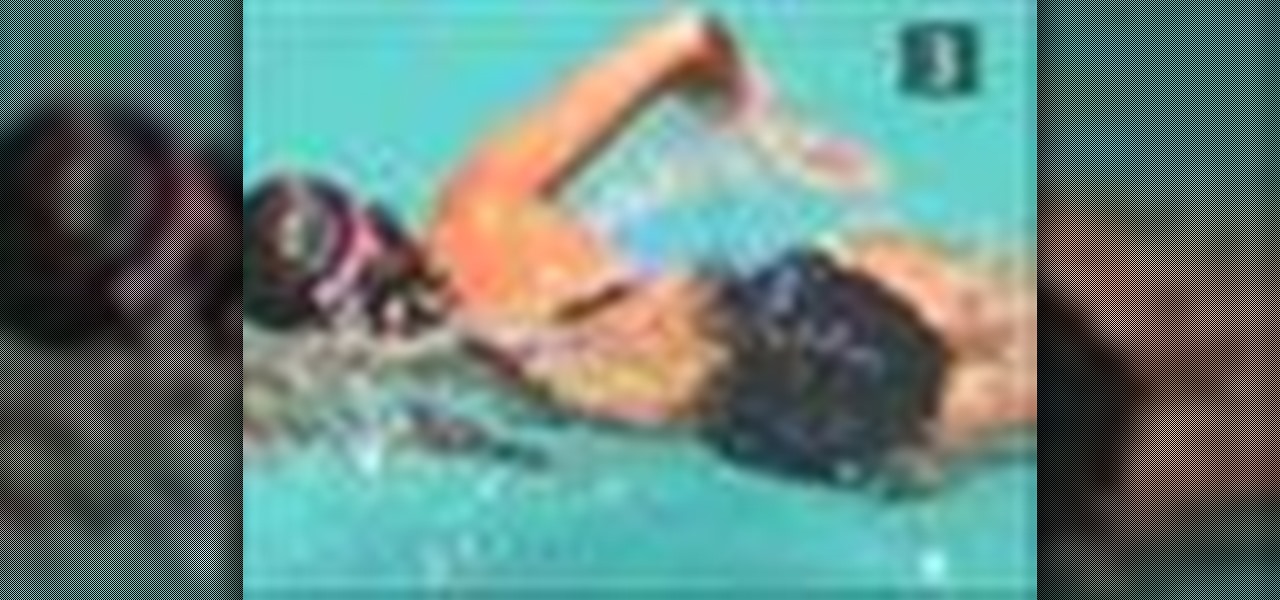
This video shows you how to properly do the front crawl when swimming. It's a great video for beginners and just getting the strokes down correctly. Swim the front crawl.

The backstroke is like the front crawl, but on the back. Some beginners prefer it because the face stays out of the water. This video shows how to do the backstroke. Swim the backstroke for beginners.

Basic Swimming Strokes For Young Children (5-7 Years). Learn a few techniques from our expert swimming teacher, to help build up your child's confidence in the water and their knowledge of some basic swimming strokes. Good for children aged between 5 - 7 years. Get young children to do basic swim strokes 5-7 years.

Learn a few techniques from our expert swimming teacher, to help build up your child's confidence in the water and their knowledge of some basic strokes. Good for children aged between 7 - 10 years. Do basic front crawl strokes for 7-10 year olds.

James Hickman, world short course champion, shows his guide to swimming the butterfly. This is a difficult stroke made much easier with proper technique. Do the butterfly.

By Louis Tharp RealJock.com is pleased to present this first in a series of articles on improving your swimming form and performance from Louis Tharp, out gay man, swim coach for the Army Triathlon Team at the U.S. Military Academy at West Point, and author of the new book Overachiever's Diary: How the Army Triathlon Team Became World Contenders. Tharp is the first out gay coach in the history of West Point.

You can learn how to do the elementary backstroke which is one way that you can swim. You lay on your back, kick with your feet, and push forward with your arms. Swim the elementary backstroke.

You can learn how to do the back crawl which is one way that you can swim. You lay on your back and kick your feet while you thrust your arms behind your head to push yourself. Swim the back crawl - Part 1 of 5.

You can learn how to do the side stroke which is one way that you can swim. You have to kick with your legs to propel yourself forward and move your arms in opposite directions. Swim the side stroke - Part 1 of 4.
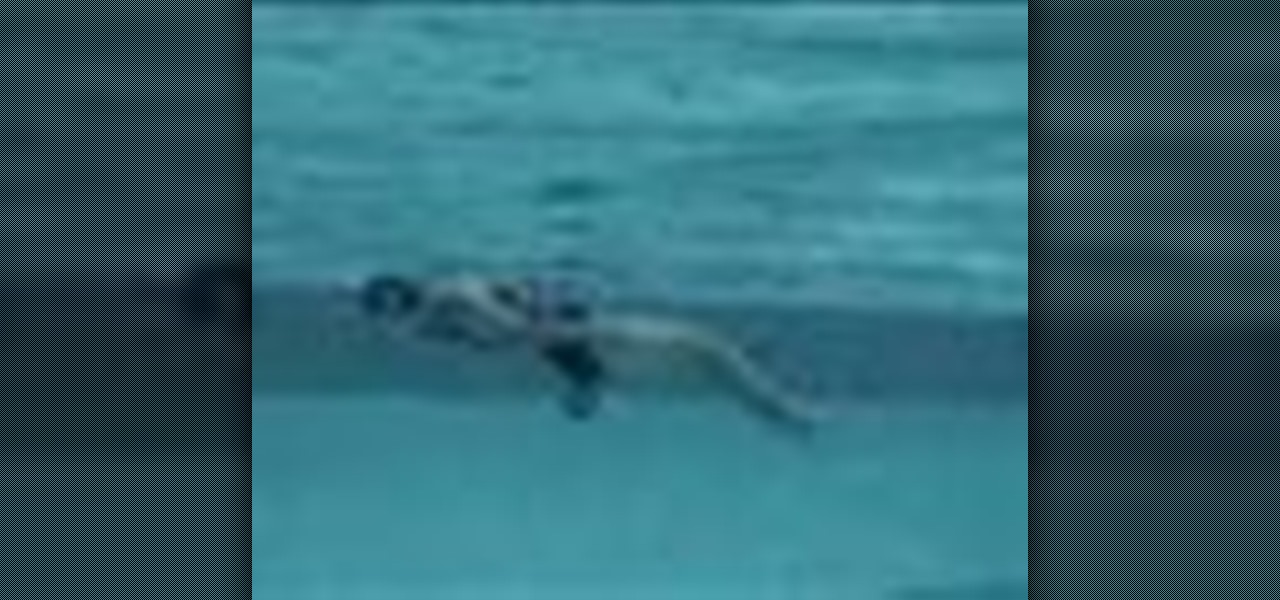
You can learn how to do the inverted breast stroke which is one way you can swim. You lay on your back and push forward with your feet while keeping your hands above you. Swim the inverted breast stroke.

You can learn how to do the trudgen which is one way that you can swim. You keep your legs locked together and push forward while you thrust your arms forward. Swim the trudgen - Part 1 of 3.

Make your underwater dreams come true by turning yourself into a bona fide swimming mermaid. If mermaids did exist, you would be the perfect candidate to transform into the mythical creature. So check out this video tutorial form Little Orca to learn how to make your own mermaid tail costume.
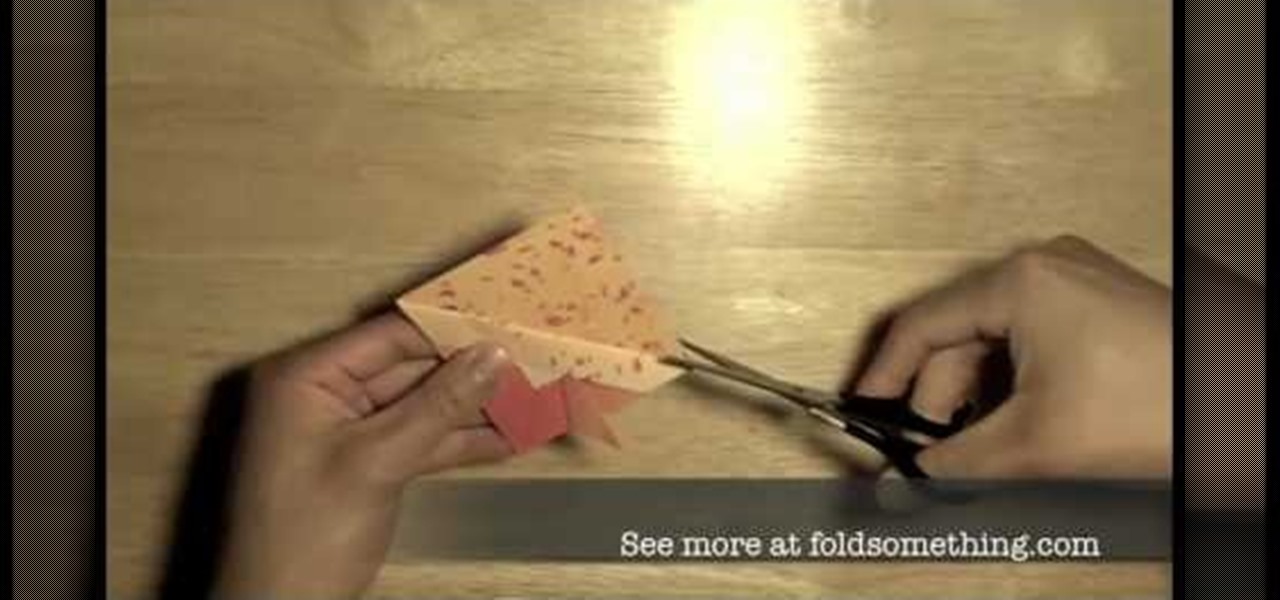
Forget Goldfish Crackers and the actual living, swimming ones. They both, one day, will disappear. The crackers will only last as long as your hunger, and the living goldfish will eventually die (or also last as long as your hunger— or your cat's hunger). But there's one goldfish that can survive the test of time— an origami paper gold fish.

No Southern Thanksgiving is complete without cornbread dressing! In this tutorial, Betty shows us the famous Southern cornbread-sage dressing that has turned her into her family's designated 'dressing-maker' every year! This delicious gravy can be spread over turkey, veggies, potatoes or even used as a dip! However you choose to serve it, you will definitely love this delicious recipe! Enjoy!
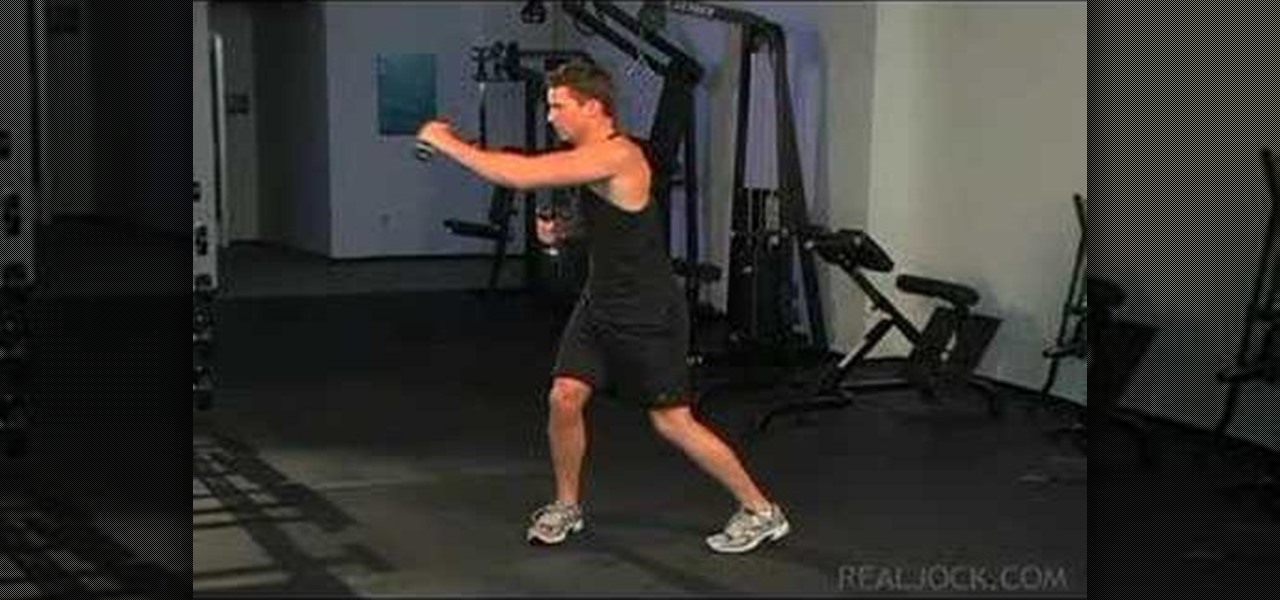
Learn how to do alternate dumbbell swims and dumbbell cross punches. Presented by Real Jock Gay Fitness Health & Life.
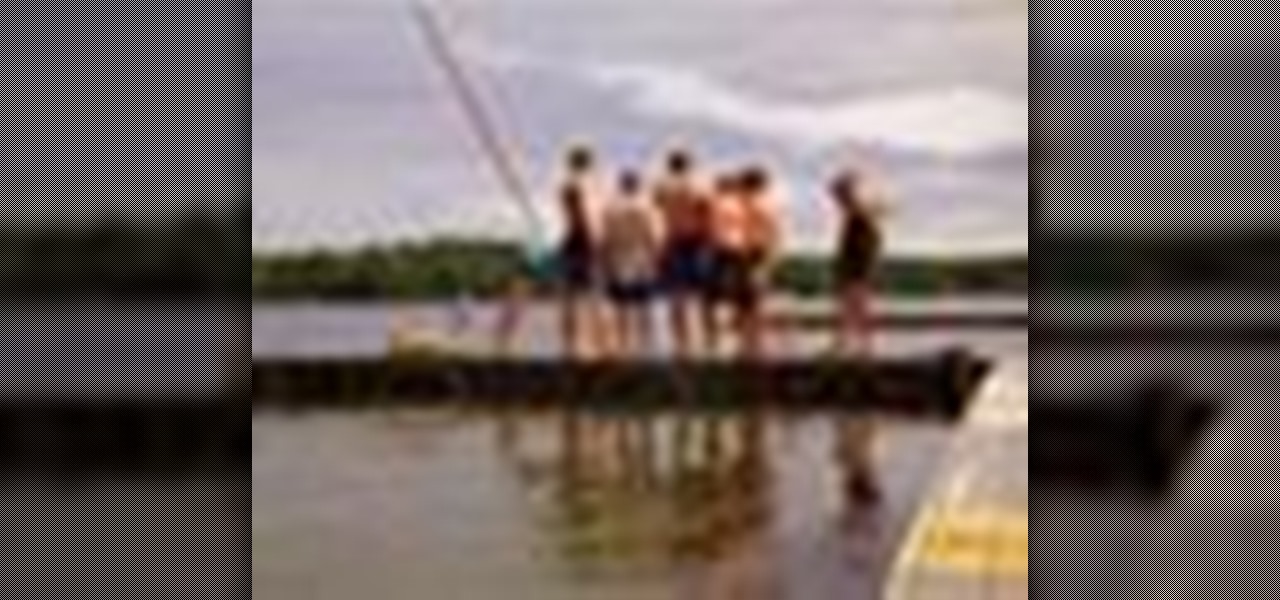
Second Class Boy Scouts work on building their outdoor survival and camping skills. Compass work, nature observation, camp tools, and swimming are areas where new skills are mastered and demonstrated. A second class scout, having completed all the requirements, should be able to lead a hike, care for his own equipment, set up a campsite, and perform basic first aid.
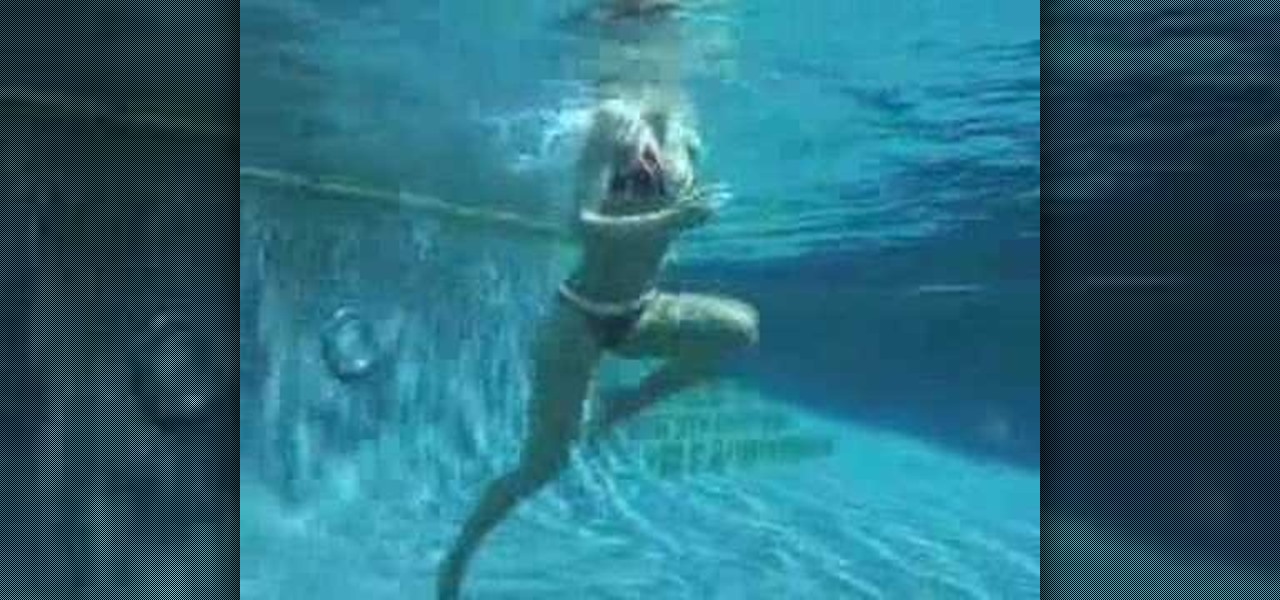
Get bikini ready with a few tips from the experts. In this fitness how-to video SELF Magazine gives you a full-body workout centered around swimming exercises. Watch to learn how to dive into the pool to do the following exercise: egg beaters, stair star, water taxi, toe touches, kick board climb, surf's up, mogul jumps and deck dips. Strengthen and tone your core, legs and arms.

Learn how to do a dumbbell freestyle swim stroke drop set. Presented by Real Jock Gay Fitness Health & Life.

With summer just ahead, you, or your children, may be looking forward to some pool time or the water park. When planning water-based fun this year, keep a heads-up for microbes.

The archenemies of cell phones— puddles, toilets, swimming pools— can cause serious damage to your gadgets. And if your mobile phone has taken the dive, don't panic— there's hope for recovery.
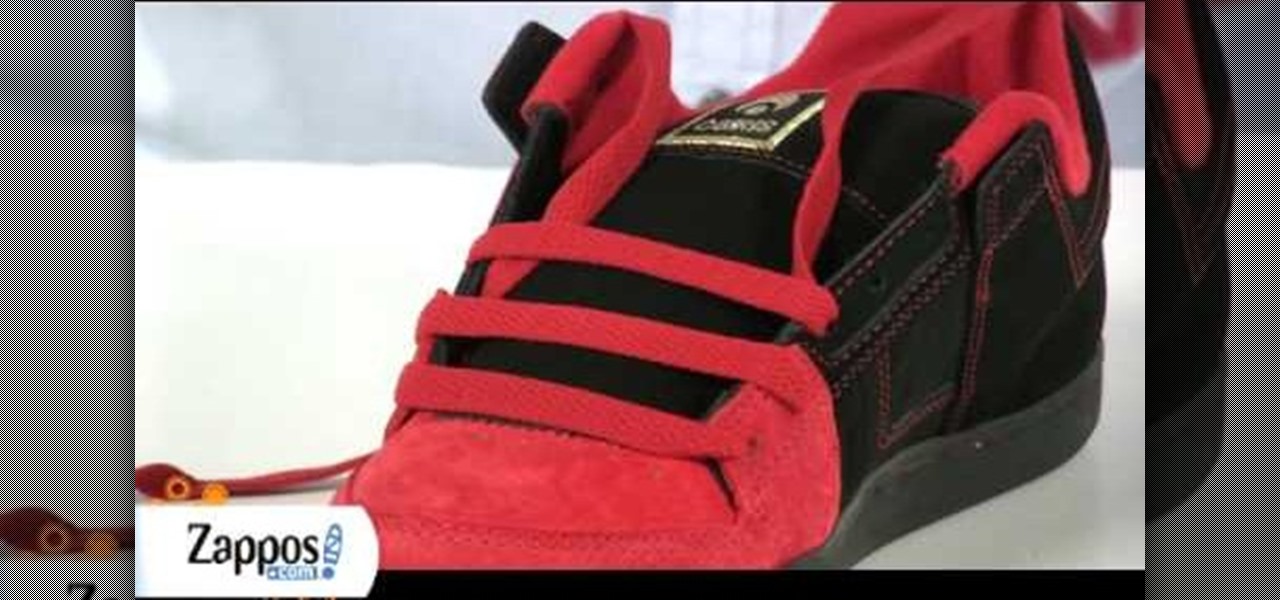
There are so many different kinds of shoes, it's hard to keep up with them. There are casual shoes, professional looking shoes, athletic shoes, shoes for swimming, shoes for dance, and the list goes on. But one of the main constants about most shoes it the fact they have laces to them. Laces have been used for many years and is still the best way to ensuring your don't have barefeet. This video shows you how to bar lace an athletic skate shoe as well as a man's office dress shoe. Enjoy!

Second Class Boy Scouts work on building their outdoor survival and camping skills. Compass work, nature observation, camp tools, and swimming are areas where new skills are mastered and demonstrated. A second class scout, having completed all the requirements, should be able to lead a hike, care for his own equipment, set up a campsite, and perform basic first aid.
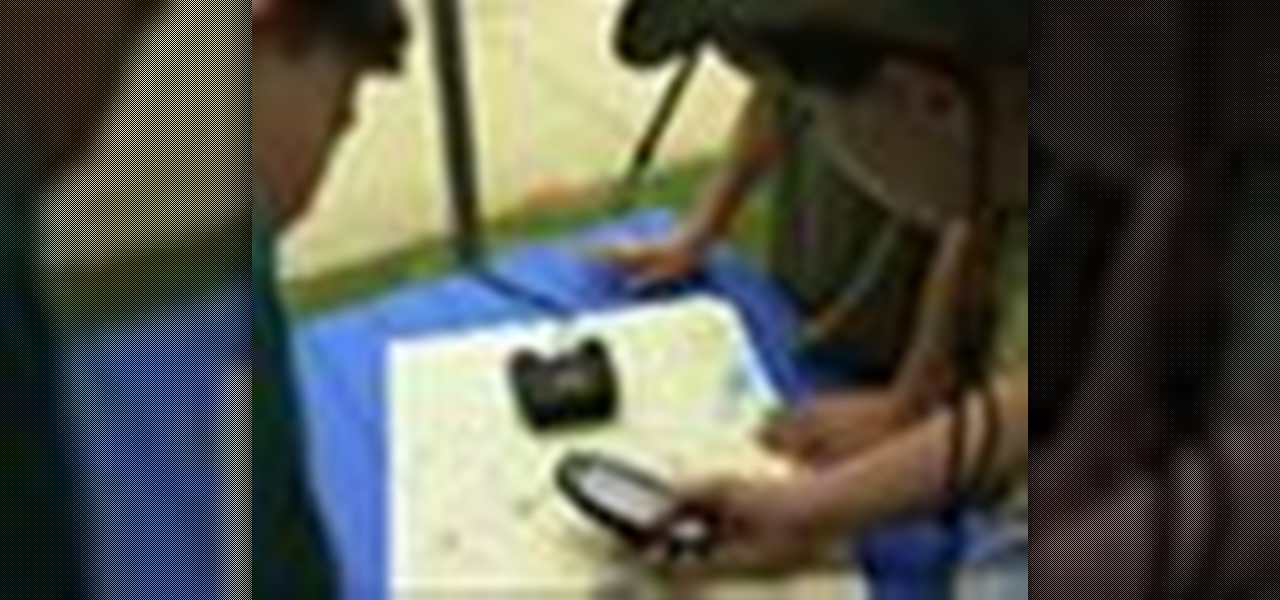
Second Class Boy Scouts work on building their outdoor survival and camping skills. Compass work, nature observation, camp tools, and swimming are areas where new skills are mastered and demonstrated. A second class scout, having completed all the requirements, should be able to lead a hike, care for his own equipment, set up a campsite, and perform basic first aid.
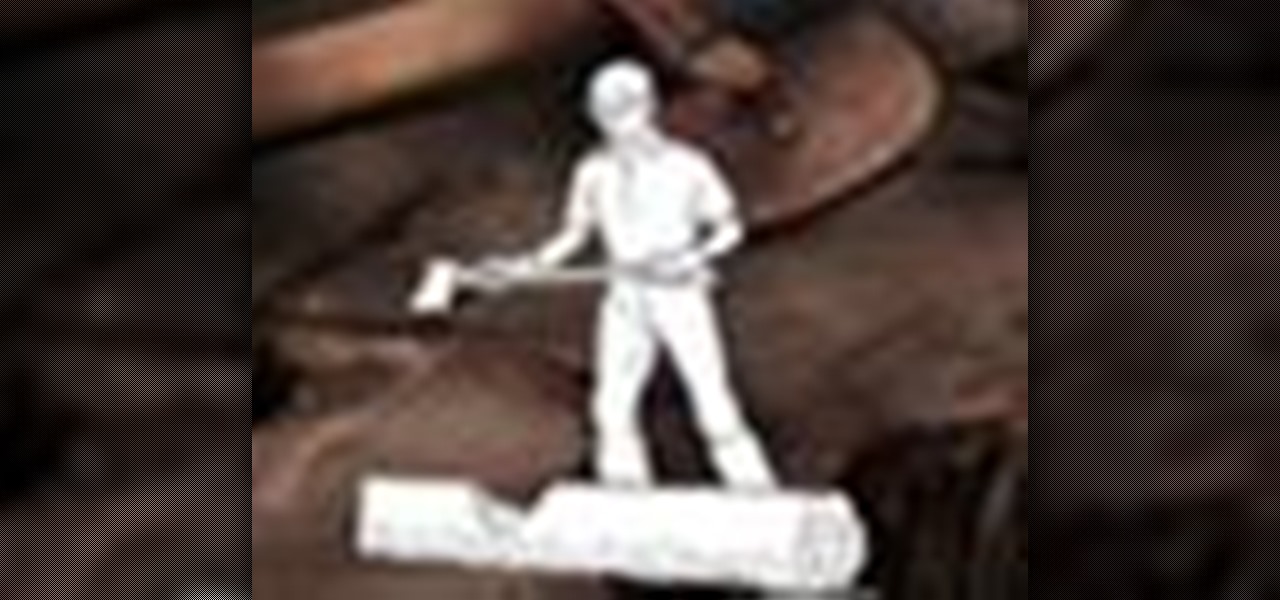
Second Class Boy Scouts work on building their outdoor survival and camping skills. Compass work, nature observation, camp tools, and swimming are areas where new skills are mastered and demonstrated. A second class scout, having completed all the requirements, should be able to lead a hike, care for his own equipment, set up a campsite, and perform basic first aid.
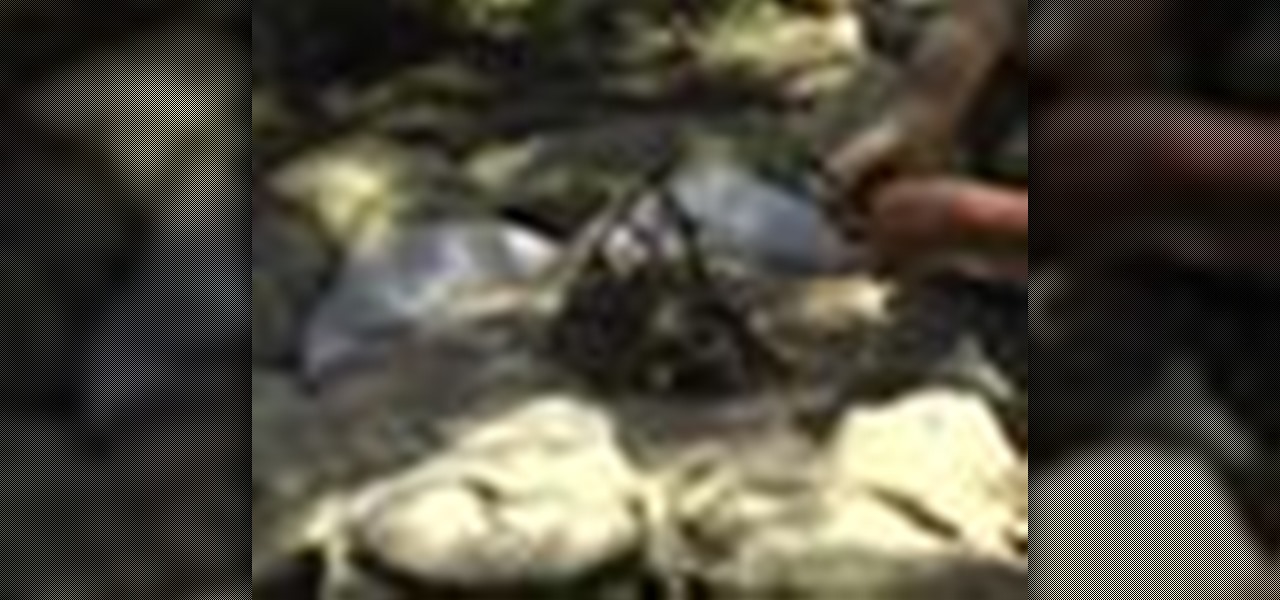
Second Class Boy Scouts work on building their outdoor survival and camping skills. Compass work, nature observation, camp tools, and swimming are areas where new skills are mastered and demonstrated. A second class scout, having completed all the requirements, should be able to lead a hike, care for his own equipment, set up a campsite, and perform basic first aid.